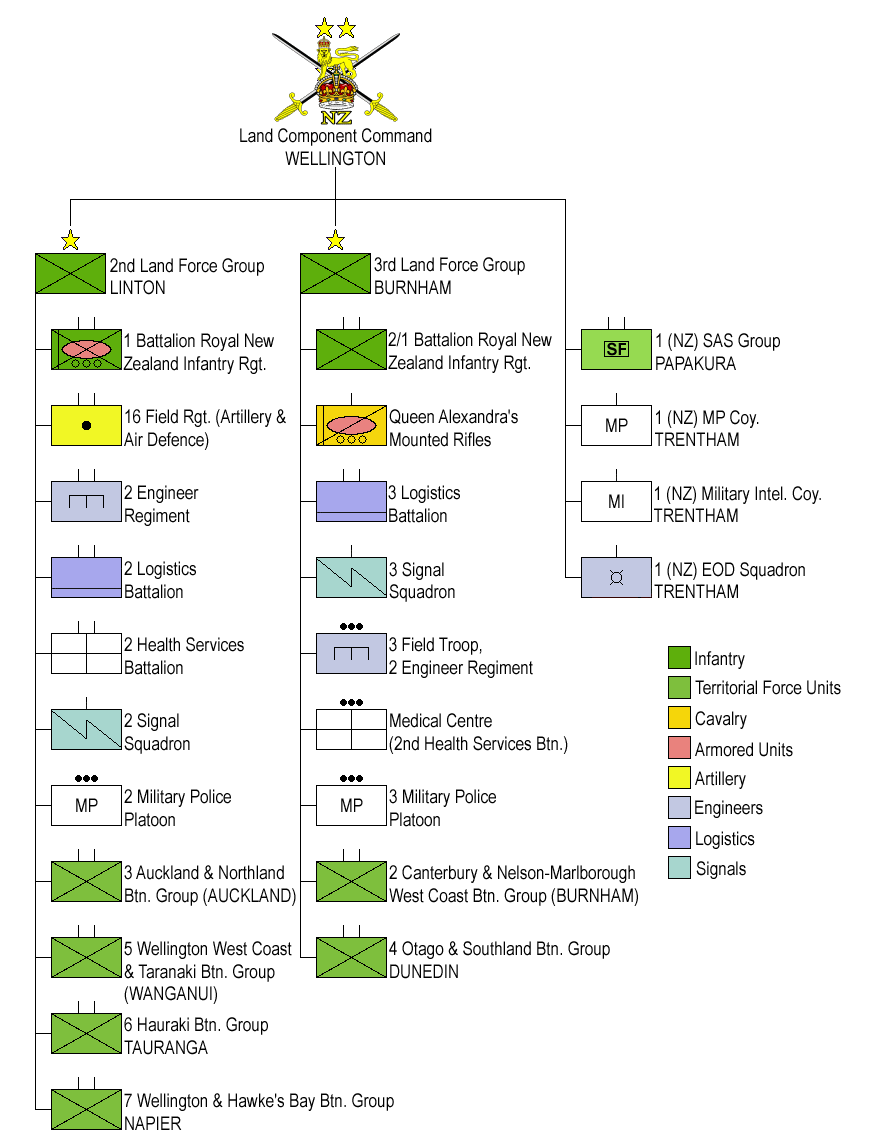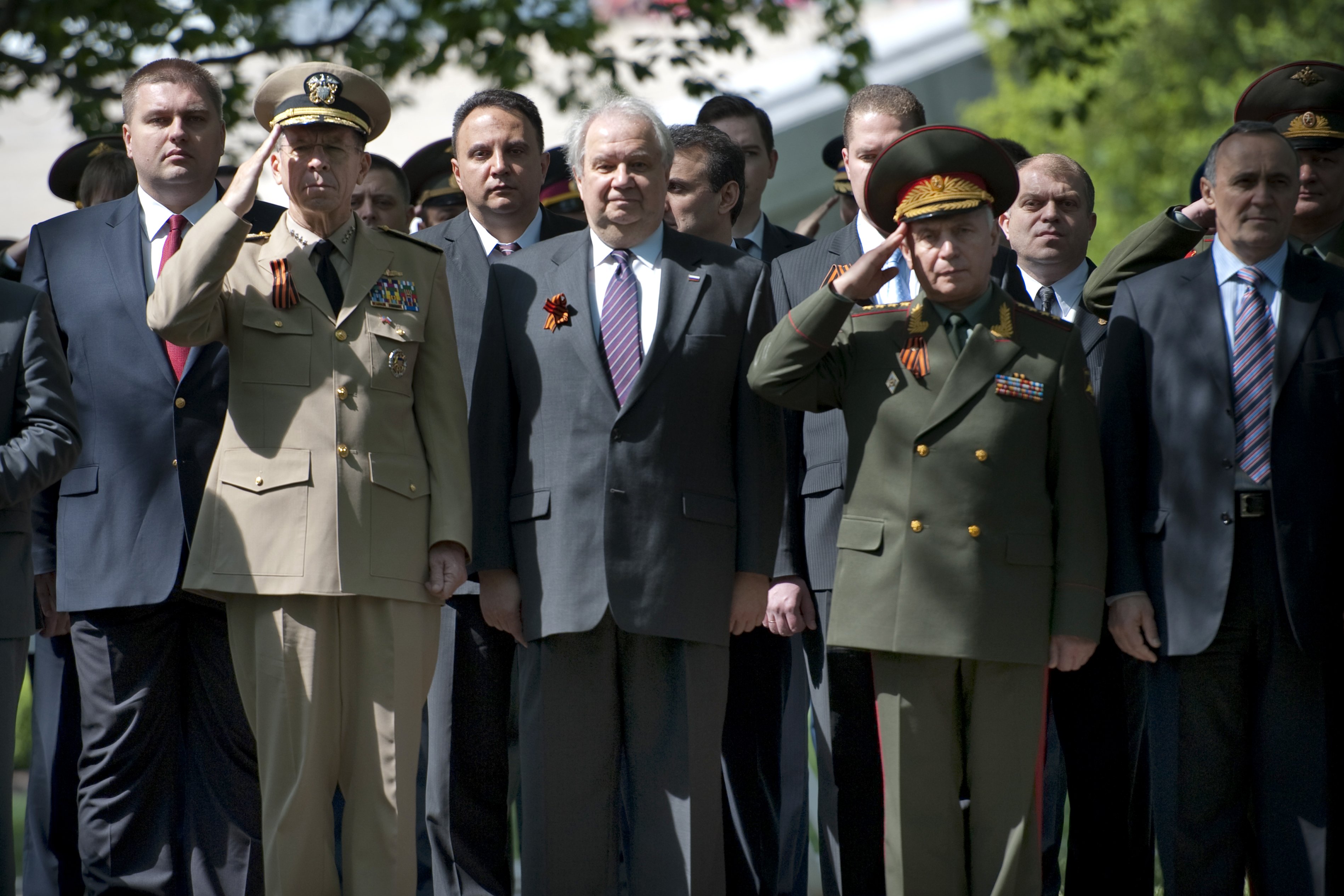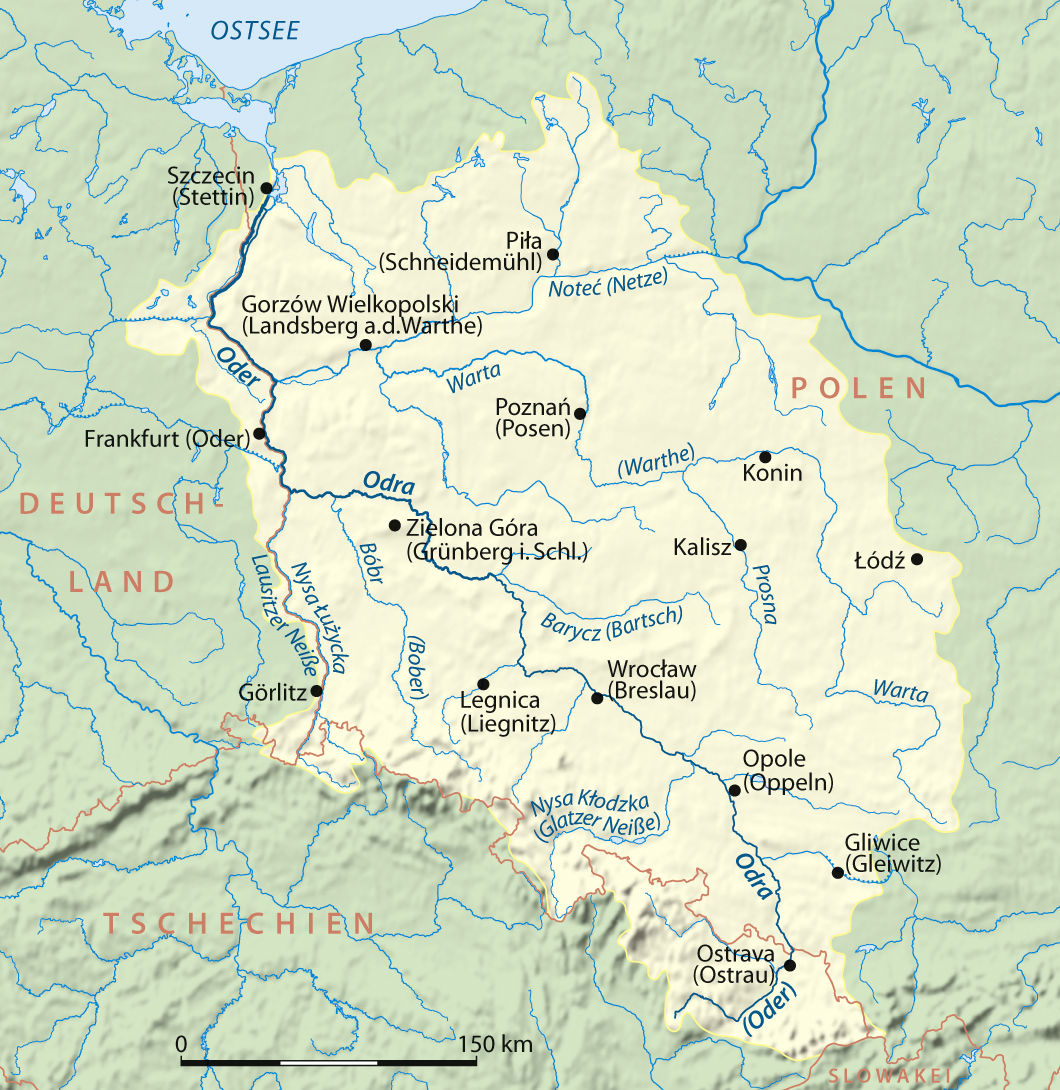|
58th Guards Rifle Division
The 58th Guards Rifle Division () was an elite Guards infantry division of the Red Army during World War II. It was formed in June 1942 as the 1st Rifle Division (1st formation) and was converted into the 58th Guards Rifle Division at the end of the year for its actions in Operation Little Saturn. Advancing into Ukraine, the division participated in the Third Battle of Kharkov in early 1943. From midyear it fought in the Belgorod–Kharkov Offensive, the Battle of the Dnieper, and the Dnieper–Carpathian Offensive, receiving the honorific Krasnograd for its capture of that city and the Order of the Red Banner. After capturing the Sandomierz bridgehead at the end of the Lvov–Sandomierz Offensive, the division fought in the Sandomierz–Silesian Offensive in January 1945, receiving the Order of Suvorov for its crossing of the Oder. It was the first to meet American forces on the Elbe during the Berlin Offensive on 25 April 1945, receiving the Order of Lenin. For its actio ... [...More Info...] [...Related Items...] OR: [Wikipedia] [Google] [Baidu] |
Soviet Union
The Union of Soviet Socialist Republics. (USSR), commonly known as the Soviet Union, was a List of former transcontinental countries#Since 1700, transcontinental country that spanned much of Eurasia from 1922 until Dissolution of the Soviet Union, it dissolved in 1991. During its existence, it was the list of countries and dependencies by area, largest country by area, extending across Time in Russia, eleven time zones and sharing Geography of the Soviet Union#Borders and neighbors, borders with twelve countries, and the List of countries and dependencies by population, third-most populous country. An overall successor to the Russian Empire, it was nominally organized as a federal union of Republics of the Soviet Union, national republics, the largest and most populous of which was the Russian SFSR. In practice, Government of the Soviet Union, its government and Economy of the Soviet Union, economy were Soviet-type economic planning, highly centralized. As a one-party state go ... [...More Info...] [...Related Items...] OR: [Wikipedia] [Google] [Baidu] |
Vladimir Rusakov
Vladimir Vasilyevich Rusakov (; 30 December 1909 – 12 October 1951) was a Soviet Army major general. After joining the Red Army at the end of the 1920s, Rusakov became a junior officer and served in the Soviet Far East before graduating from the Frunze Military Academy after Operation Barbarossa. He spent the first year of the war before being sent to the 14th Guards Rifle Division, which he commanded for much of 1943 before being relieved of command for slow fulfillment of orders. Within two weeks, he returned to command, this time of the 58th Guards Rifle Division. Rusakov led the division for the rest of its existence as it advanced westward, aside from several months recovering from a wound. It was the first Soviet unit to link up with American troops in late April 1945. Postwar Rusakov held brigade and division command but died of illness in 1951. Early life and prewar service Born on 30 December 1909 in Cheplyaev, Smolensk Governorate, Rusakov joined the Red Army an ... [...More Info...] [...Related Items...] OR: [Wikipedia] [Google] [Baidu] |
Gulag
The Gulag was a system of Labor camp, forced labor camps in the Soviet Union. The word ''Gulag'' originally referred only to the division of the Chronology of Soviet secret police agencies, Soviet secret police that was in charge of running the forced labor camps from the 1930s to the early 1950s during Joseph Stalin's rule, but in English literature the term is popularly used for the system of forced labor throughout the Soviet era. The abbreviation GULAG (ГУЛАГ) stands for "Гла́вное управле́ние исправи́тельно-трудовы́х лагере́й" (Main Directorate of Correctional Labour Camps), but the full official name of the agency #Etymology, changed several times. The Gulag is recognized as a major instrument of political repression in the Soviet Union. The camps housed both ordinary criminals and political prisoners, a large number of whom were convicted by simplified procedures, such as NKVD troikas or other instruments of extra ... [...More Info...] [...Related Items...] OR: [Wikipedia] [Google] [Baidu] |
9th Sapper Army
A Sapper Army () was a multi-brigade military construction engineer formation of the Engineer Troops (Soviet Union) of the Soviet Red Army during World War II. Formed to construct large-scale defensive works, sapper armies were used from late 1941 until mid-1942 when the Red Army opted to organize smaller and more flexible construction engineer formations. Although the organization of military construction engineers into an army-level echelon was unusual, the use of dedicated troops for military construction was common to many armies of World War II. History Reeling from the German invasion of 1941, the Soviets decided to organize large military construction engineer formations to construct defensive works on a massive scale. The Soviets hoped such works would strengthen Red Army defensive operations and buy enough time to rebuild their forces for a counter-offensive. Consequently, the high command ordered the formation of the first sapper armies on October 13, 1941. Originally ... [...More Info...] [...Related Items...] OR: [Wikipedia] [Google] [Baidu] |
Table Of Organization And Equipment
A table of organization and equipment (TOE or TO&E) is the specified organization, staffing, and equipment of Military unit, military units. Also used in acronyms as 'T/O' and 'T/E'. It also provides information on the mission and capabilities of a unit as well as the unit's current status. A general TOE is applicable to a type of unit (for instance, an infantry battalion) rather than a specific unit (the 2nd Battalion, 4th Infantry Regiment (United States), 4th Infantry Regiment). Sometimes, all units of the same branch (such as Infantry) follow the same structural guidelines; much more often, there are a wide variety of TOEs to suit specific circumstances (Modified Tables of Organization and Equipment (MTOEs), in the United States Army, for example). Soviet Union and Russia In the Red Army, Soviet and the Russian Armed Forces the term used for TO&E since the 1930s is ''"Shtatnoe raspisanie"'' (''Штатное расписание'', literally translated as Shtat Prescription) ... [...More Info...] [...Related Items...] OR: [Wikipedia] [Google] [Baidu] |
Volga Military District
The Volga Military District (PriVO) was a military district of the Soviet Union and the Russian Federation that existed from 1918 to 1989 and 1992 to 2001. The district headquarters was located at Kazan, Saratov and Kuibyshev (Samara) at different points in time. History During the Russian Empire from 1864–1917 the Kazan Military District covered the Volga area. The Volga Military District was established on May 4, 1918 on the territory of the Kazan Military District, and included Astrakhan, Saratov, Samara, Simbirsk and Penza Governorates, and the Ural Oblast. Subsequently, the district boundaries were repeatedly changed.Soviet Military Encyclopedia 6 524–525 In 1941 the district included the Saratov, Kuibyshev, Penza, Tambov, Voronezh areas and the Orel Oblast, Kursk and Stalingrad regions of the RSFSR. The headquarters was located at Saratov. With the start of and during World War II five armies, 132 divisions, 65 separate regiments, and 253 separate battalions w ... [...More Info...] [...Related Items...] OR: [Wikipedia] [Google] [Baidu] |
Kuybyshev Oblast
Samara Oblast (, ) is a federal subject of Russia (an oblast). Its administrative center is the city of Samara. From 1935 to 1991, it was known as Kuybyshev Oblast. As of the 2021 Census, the population of the oblast was 3,172,925. The oblast borders Tatarstan in the north, Orenburg Oblast in the east, Kazakhstan ( West Kazakhstan Province) in the south, Saratov Oblast in the southwest and Ulyanovsk Oblast in the west. It is located in 3 natural landscape zones: the forest zone (coniferous and broad-leaved forests), the basis of which is pine-oak forests, pine forests and broad-leaved forests with the participation of oak and maple. Spruce occasionally joins them. Areas of the southern taiga are found on the coast of the region. The forest-steppe zone occupies the central regions of the region and is represented by a combination of areas of broad-leaved forests, most often oak and meadow steppes. Red deer, roe deer, elk, and sometimes bears are found in these forests. Th ... [...More Info...] [...Related Items...] OR: [Wikipedia] [Google] [Baidu] |
Melekess
Dimitrovgrad (; ), formerly Melekkes, Melekes, and Melekess (; ; ) until 1972, is a city in Ulyanovsk Oblast, Russia. It is the administrative center of Melekessky District, although it is not within the district and is an independent city. The city is located in the Volga Region, at the confluence of the Melekesska River and the Bolshoy Cheremshan River, a tributary of the Volga River. Dimitrovgrad has a population of the second-largest city in Ulyanovsk Oblast, after Ulyanovsk. History The city was founded in 1714 as a village for workers of the local distillery. By 1897 its population had grown to 8,500, and in 1919 it was granted town status. Until 1972, the city's name was Melekess (), after the local Melekesska River which runs through the town. On July 15, 1972, Melekess was renamed to Dimitrovgrad, celebrating the posthumous 90th birthday of Georgi Dimitrov, the first leader of the communist People's Republic of Bulgaria. Administrative and municipal status ... [...More Info...] [...Related Items...] OR: [Wikipedia] [Google] [Baidu] |
Order Of Lenin
The Order of Lenin (, ) was an award named after Vladimir Lenin, the leader of the October Revolution. It was established by the Central Executive Committee on 6 April 1930. The order was the highest civilian decoration bestowed by the Soviet Union. The order was awarded to: * Civilians for outstanding services rendered to the State * Members of the armed forces for exemplary service * Those who promoted friendship and cooperation between people and in strengthening peace * Those with meritorious services to the Soviet state and society From 1944 to 1957, before the institution of specific length of service medals, the Order of Lenin was also used to reward 25 years of conspicuous military service. Those who were awarded the titles "Hero of the Soviet Union" and "Hero of Socialist Labour" were also given the order as part of the award. It was also bestowed on cities, companies, factories, regions, military units, and ships. Various educational institutions and military units w ... [...More Info...] [...Related Items...] OR: [Wikipedia] [Google] [Baidu] |
Elbe Day
Elbe Day, April 25, 1945, is the day Soviet and American troops met at the Elbe River, near Torgau in Germany, marking an important step toward the end of World War II in Europe. This contact between the Soviets, advancing from the east, and the Americans, advancing from the west, meant that the two powers had effectively cut Germany in two. Elbe Day has never been an official holiday in any country, but in the years after 1945 the memory of this friendly encounter gained new significance in the context of the Cold War between the U.S. and the Soviet Union. History The first contact between American and Soviet patrols occurred at 11:30am on April 25 near Strehla, after First Lieutenant Albert Kotzebue, an American soldier, crossed the River Elbe in a boat with three men of an intelligence and reconnaissance platoon. On the east bank they first met a Soviet horse rider, belonging to forward elements of a Soviet Guards rifle regiment of the First Ukrainian Front, under the c ... [...More Info...] [...Related Items...] OR: [Wikipedia] [Google] [Baidu] |
Oder
The Oder ( ; Czech and ) is a river in Central Europe. It is Poland's second-longest river and third-longest within its borders after the Vistula and its largest tributary the Warta. The Oder rises in the Czech Republic and flows through western Poland, later forming of the border between Poland and Germany as part of the Oder–Neisse line. The river ultimately flows into the Szczecin Lagoon north of Szczecin and then into three branches (the Dziwna, Świna and Peene) that empty into the Bay of Pomerania of the Baltic Sea. Names The Oder is known by several names in different languages, but the modern ones are very similar: English and ; Czech, Polish, and , ; (); ; Medieval Latin: ''Od(d)era''; Renaissance Latin: ''Viadrus'' (invented in 1534). The origin of this name is said by onomastician Jürgen Udolph to come from the Illyrian word ''*Adra'' (“water vein”). Ptolemy knew the modern Oder as the Συήβος (''Suebos''; Latin ''Suevus''), a name apparen ... [...More Info...] [...Related Items...] OR: [Wikipedia] [Google] [Baidu] |
Order Of Suvorov
The Order of Suvorov () is a military decoration of the Russian Federation named in honor of Russian Generalissimo Prince Alexander Suvorov (1729–1800). History The Order of Suvorov was originally a Soviet Union, Soviet award established on July 29, 1942 (during World War II) by decision of the Presidium of the Supreme Soviet of the USSR. It was created to reward senior army personnel for exceptional leadership in combat operations. The Order of Suvorov was divided into three classes: 1st class, 2nd class, and 3rd class. Georgi Zhukov became the first recipient of the Order of Suvorov 1st class on January 28, 1943. The Order 1st class was awarded to army commanders for exceptional leadership of combat operations. The Order 2nd class was awarded to corps, division, and brigade commanders for a decisive victory over a numerically superior enemy. The Order 3rd class was awarded to regimental commanders, their chiefs of staff, and battalion and company commanders for outstandin ... [...More Info...] [...Related Items...] OR: [Wikipedia] [Google] [Baidu] |




